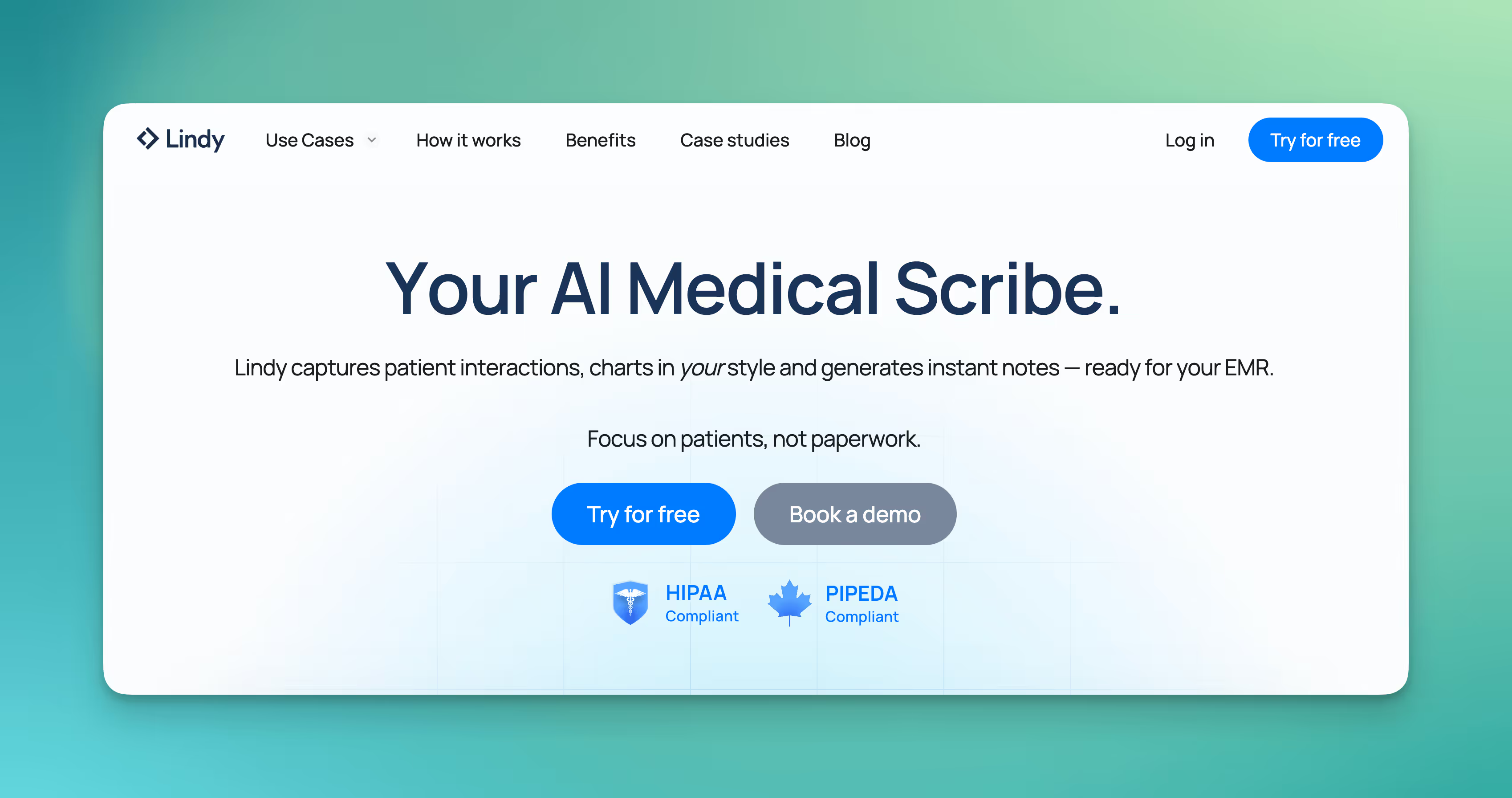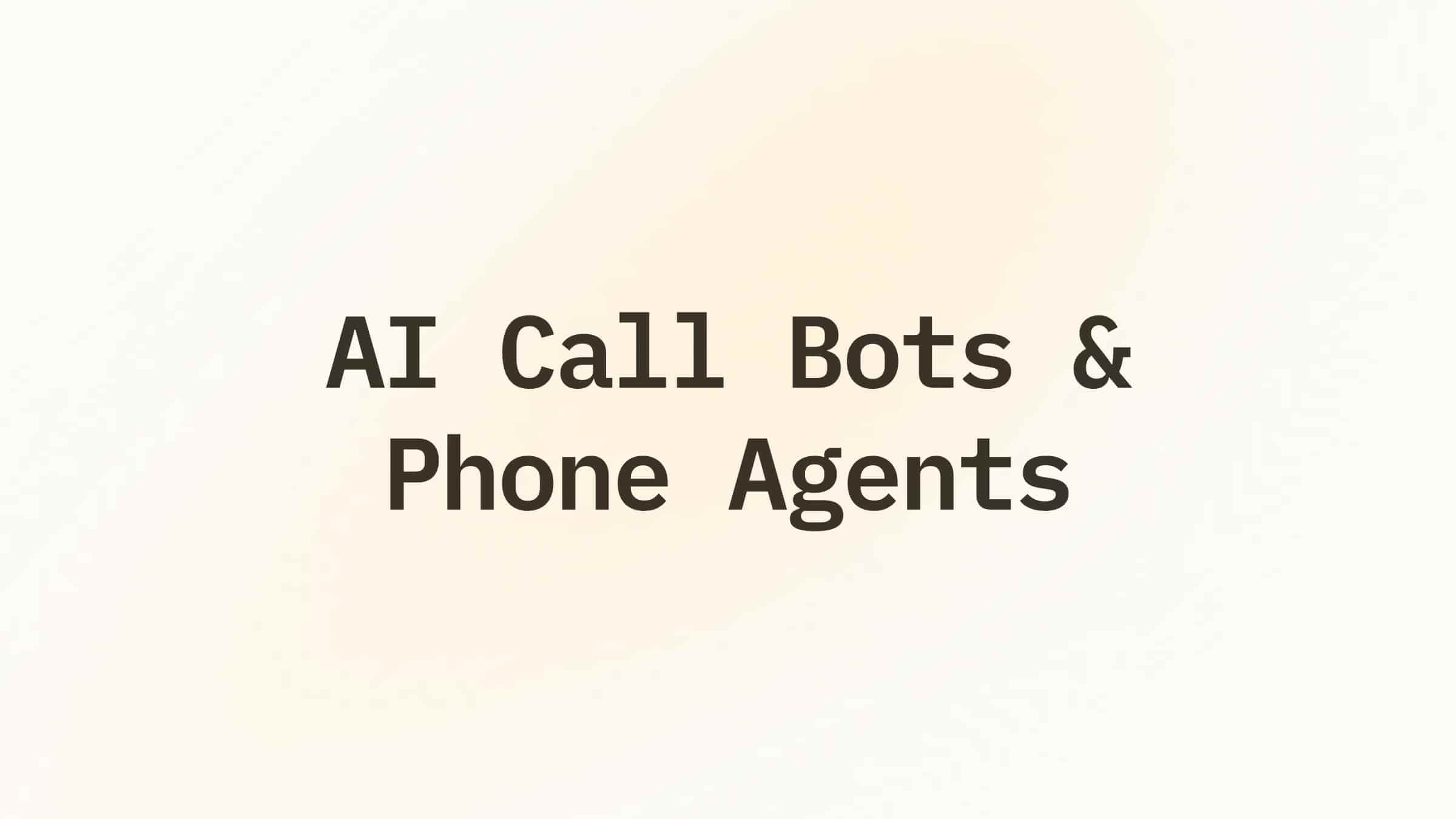You’ve probably talked to Siri or Alexa before, but did you know that advanced medical speech recognition is totally changing the medical landscape?
Keep reading to learn what speech recognition is, how the tech works, and why clinics are loving Iit.
In this article, we’ll cover:
- What is medical speech recognition?
- How medical speech recognition software works
- How is it different from plain old voice recognition?
- What types of software can you find?
- How to use AI-powered software to take notes much faster
Let’s dive right in!
What is medical speech recognition?
Medical speech recognition, also known as medical dictation software, converts the spoken word into text. It allows doctors and other healthcare providers to dictate medical reports, notes, and documents directly to a computer, smartphone or tablet instead of writing them out by hand.
What are the benefits? Clinicians win back valuable hours every day, and they can spend face-time with patients.
Plus, AI-powered medical speech recognition is extremely accurate, cutting down on costly (and medically serious) errors.
This innovation improves the quality of patient records by ensuring detailed and precise documentation, which is critical for accurate diagnosis and treatment planning.
It also facilitates seamless collaboration among healthcare teams by providing instant access to updated patient information, enhancing overall care coordination.
How medical speech recognition software works
Speech basically becomes data with a bit of technology. The software listens to your voice and analyzes your speech patterns, including tone, accent, and pronunciation.
It then compares these with a vast database of words and phrases to figure out what you're saying, turning your spoken words into text.
Here’s the way it achieves this:
- From sound waves to text, it's all in the details - Your speech is digitized into sound waves, which the software dissects to identify nuances. The software breaks down your speech into tiny segments, associates these with phonemes (the basic units of sound), and then compiles them into recognizable words and phrases.
The sophistication and size of its speech sample database directly impact its ability to understand diverse voices and accents.
- The key is context - Beyond mere transcription, advanced speech recognition uses natural language processing (NLP) to “understand” the context and meaning behind your words.
It can navigate the flow of conversation, understand the relationship between terms, and interpret complex terminologies. With each interaction, it learns and improves, adapting to various speaking styles and specialized vocabularies.
- Customization equals more recognition - Medical speech recognition systems allow for customization to better align with individual voice patterns, speech rhythms, and specific terminologies used in different medical fields.
Basically, the more you use the system, the more it learns and adjusts to your unique speaking style, becoming more accurate over time. These systems also support multiple users, allowing them to become more versatile and knowledgeable from diverse inputs.
{{templates}}
How is speech recognition different from voice recognition?
While voice recognition zeroes in on who's talking by picking up on the unique traits of your voice, speech recognition goes even deeper with NLP.
So, it's not just about catching your words - it's about getting the gist of what you're really trying to say.
We’ve gone over how NLP breaks down the basics of speech. To do so, it’s like a diligent student who's been poring over millions of hours of spoken words, learning to pick out these sound patterns and understand how speech is built.
The role of NLP in making sense of speech, which allows recognition technology to do more than just jot down notes.
It's what enables the software to sift through grammar, choice of words, and the context of the conversation to figure out the deeper meaning behind your words.
In the medical field, this means it can navigate through the maze of medical jargon and the natural flow of doctor-speak to catch the essence and importance of the dialogue much, much better than speech recognition ever could.
What types of medical speech recognition software can you find?
So, unsurprisingly, not all medical speech recognition software is made equal, and choices abound.
But, essentially, you’ll be picking your tool between these two broad camps:
Traditional dictation software
This is the meat-and-potatoes option; the physician speaks and the software types.
This can save clinicians time typing up notes after seeing a patient. However, the notes may need extensive editing to ensure accuracy and meet compliance standards.
AI medical scribes
This is where it gets interesting. AI-powered medical scribes actually leverage natural language processing to generate full notes from physician-patient conversations.
The physician has a conversation with the patient as usual while wearing a microphone or talking into a device (like a smartphone or computer mic).
The AI listens to the conversation and automatically generates a note that includes the relevant details discussed – as well as handy suggestions.
The physician can then review and edit the note as needed, but typically these AI systems cut down on errors and can even spot action items proactively.
How to use AI medical speech recognition software to take notes much faster
We’ll use Lindy, a front-runner in AI medical speech recognition software, as a perfect example of how AI is helping physicians take down comprehensive notes.

Here's a closer look at how it works:
- Lindy's accuracy is through the roof, with an accuracy rate of over 99%. It understands and transcribes medical terminology from various specialties from day one, so you don’t even need to train it.
- Integrating with Electronic Health Records (EHR) is effortless with Lindy. It doesn't just reduce the time spent on documentation; it also smartly pulls information from the EHR to complete notes, minimizing manual entry and the potential for errors.
- Lindy works harmoniously with major EHR systems like Epic, along with other essential tools such as email, Google, and Zoom. This flexibility guarantees that Lindy fits right into your existing workflow - instead of you having to move around it.
- Real time charting assistance means Lindy is always on its toes, offering suggestions for chart entries based on the ongoing conversation and the patient's existing records. These prompts can be accepted, modified, or skipped at your convenience.
- The more you use Lindy, the better it gets at recognizing your speech patterns, preferred shortcuts, and specific jargon related to your field. This personalized learning process ensures that Lindy continually adapts to your unique style.
- Lindy can help you deal with routine tasks before you even have to think about them, waiting for your approval to finalize. This proactive approach frees up more of your time for direct patient care.
- Task management is smarter with Lindy, which keeps you and your team in the loop about follow-ups, tests, referrals, and appointments, leveraging the information captured in your notes to keep everyone on track.
- Privacy and security are top priorities, with Lindy ensuring HIPAA (and PIPEDA) compliance in all its operations, giving you peace of mind that patient data is handled with the utmost care.
Lindy is saving physicians an average of two hours per day on note-taking alone.
Explore AI-powered, HIPAA-compliant Medical Dictation with Lindy.
{{cta}}
Is medical speech recognition software safe and compliant?
Built-in security is non-negotiable, so leading software providers integrate encryption right from the start to safeguard your patient data and accounts.
They embrace security must-haves like two-factor authentication and regularly put their systems under the microscope through security audits to patch up any weak spots.
Here are other ways in which medical speech recognition software keeps data safe:
- Staying on the right side of the law is not optional - Medical speech recognition tools are designed to align with privacy and health data laws like HIPAA, so all patient information stays under wraps. But they’re not just about keeping things locked down; they also have to nail accuracy to make sure every piece of captured information is spot-on and clinically sound.
- Accuracy means safety - Thanks to natural language processing and machine learning, speech recognition gets smarter with every conversation, fine-tuning its ability to translate speech into text. Before these tools hit the market, they go through a battery of tests to check their precision and error rates, and they're always learning on the job to get even better.
- This is not just for kicks either: in the medical profession, accuracy saves lives.
- Clinicians call the shots - The software is a hyper-efficient assistant; while these advanced tools can whip up patient notes in a snap, it's the clinician who has the final say.
- You're still the one responsible for reviewing, tweaking, and giving the green light to any documentation before it makes its way into the official patient record.
Basically, you’re still the one steering the ship, and the one ultimately responsible for what goes into EHRs.
Summing up
Now, you know all there is to know about medical speech recognition and how it works. From how it turns spoken words into text to the different software options out there, you're ready to start using this handy technology in your own practice.
The best part? No more hunting and pecking or deciphering scribbles - your notes will be clear, compliant, and created in a fraction of the time. Time to see your workflow transform before your eyes!



















.jpg)
.png)
.png)


.png)
.png)